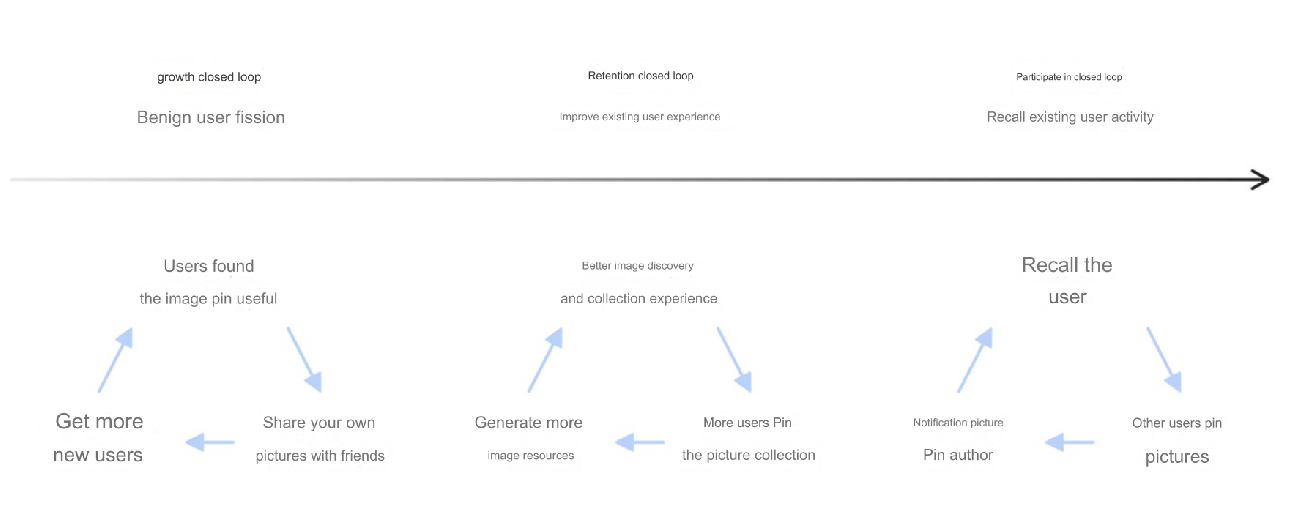Balancing long-term customer lifecycle value with short-term sales strategies is a key challenge in SaaS. How can companies optimize growth while managing immediate sales pressures? This article explores strategies for navigating this contradiction, from leveraging the societal value of SaaS to enhancing marketing efficiency and aligning sales efforts with product development, ensuring sustained business success.
In designing the sales module for SaaS, the first scenario, or rather contradiction, that cannot be avoided is the long-term nature of lifecycle value conflicting with the short-term focus of sales strategies. This is the source of many business strategy conflicts. How to correctly evaluate and resolve this contradiction at different stages of a company's development is a key topic when designing the sales module.
01 How to Understand the Long-Term Lifecycle Value vs. Short-Term Sales Strategy in SaaS?
SaaS business, in terms of its societal value, can be described as spreading the costs of enterprise information system construction required by a company across multiple companies with similar needs. This reduces the cost of procuring and using the system, enabling smaller companies to upgrade their operational capabilities through information technology. It also creates a "benchmark effect" and a "leader path," allowing advanced operational experiences to be replicated and expanded.
This value arises from the technological upgrades on the supply side and the cognitive improvements on the demand side, including faster internet transmission, cloud computing, Infrastructure as a Service (IaaS), Platform as a Service (PaaS), etc. On the demand side, factors like management awareness, the input of Western business culture, and the spread of business education have provided Chinese companies with a basic consensus on business processes, organizational behavior, and management principles. This, in turn, has driven the convergence of business operations and management, creating a reusable foundation for enterprise information products, services, and delivery.
Because of this societal value and the supply-demand relationship, the basic characteristics of SaaS business can be abstracted as follows:
Supply Side: Through in-depth research of customer groups in a specific field, scenario, need, or industry, SaaS companies abstract reusable capabilities from the product, significantly reducing the fixed cost allocated to each customer with public cloud deployment. To achieve sustained and stable revenue growth, SaaS companies must cover, acquire, operate, and retain customers while ensuring configuration capabilities to a certain extent.
Demand Side: Subscription models reduce upfront costs and trial risks, and cloud-based product deployment minimizes the additional manpower and learning costs. Customers can obtain the experience and guidelines of leading companies in the industry and enjoy free upgrades of product features based on technological innovation. However, there is a loss of flexibility and potential data security risks.
As a result, the business needs of the supply side in SaaS become very clear: It requires a sufficient number of customers to spread the cost, controlling the marginal cost of adding a new customer without exceeding marginal revenue. More importantly, SaaS companies need to maximize the duration that each customer uses the product. The longer the duration, the more the cost gets diluted geometrically, and the greater the total payment from the customer, leading to higher marginal revenue. Only with a large enough customer base can the supply side accumulate experience and knowledge to provide services above the industry average.
However, this demand also inevitably leads to the short-term nature of sales strategies.
Because the need for a "sufficient number" of customers and the inevitable "churn rate" require continuous customer acquisition, especially in the core SaaS target group—SMBs (small and medium-sized businesses)—which can grow and vanish quickly, inefficiency in customer acquisition can lead to being overtaken by competitors.
Under such pressure, companies will continually strive to improve the efficiency of acquiring new customers, focusing most incentive resources on enhancing sales efforts to secure new clients. More sales personnel will be deployed to expand coverage and capture leads. Once these elements are in place and operational, a robust front-end system develops. Sales teams will actively and autonomously seek potential customers and may extend their efforts to reach a broader "diverse client group" through product innovation, iterative sales skills, and marketing growth.
Once a sales system is quickly up and running, it will aggressively pursue clients that are easier to reach, acquire, convert, and sign, following the “F1 race driver effect,” which could eventually cause misalignment with the company's long-term business objectives.
So, how can the value hidden in this contradiction be maximized while minimizing its negative impacts?
Generally, strategies are designed around the following three dimensions:
[Note: These are guiding principles summarized based on the business canvas, value system, customer status, and key resource analysis. Specific, effective sales module designs can only be created after understanding current needs.]
02 Marketing Should Focus on Small Closed Loops
Avoid full-chain integrated marketing. The primary goal is to enhance awareness and attract new customers.
Integrated marketing, front-and-back integration, M2L2C (Marketing to Leads to Customers), and other marketing concepts have continually influenced SaaS companies' market investments and strategies. However, from the perspective of the SaaS business's target audience, there are only four types of customers: "aware of you," "unaware of you," "used you," and "will never use you again." Marketing strategies can only influence the "unaware" group.
Therefore, deeply penetrating and shrinking the "unaware" group is the ultimate goal of marketing.
Don’t stick to old B2B strategies. Try to embrace new models; marketing needs content, and content comes from the company, not just from the product or service. B2B marketing has a wealth of experience and strategies, including event marketing, referrals, and industry associations. However, with the rise of new information channels and the entry of younger generations into the workforce, B2C marketing techniques should be integrated. The key is content—whether it’s company culture, human interest stories, or workplace environments.
Build a closed-loop process from lead generation to conversion. Leads must be processed internally for a first-round screening before being distributed. A common problem is either trying to close the full loop in-house, leading to duplication, client poaching, and management chaos, or indiscriminately passing all leads to the sales team. Both approaches have shown poor results so far.
03 Sales Management Should Focus on Core, Not Branches
SMB clients value rapid coverage. During the first contact, ensure each touchpoint scores at least 60%. Strong control, strict standards, and standardization are key.
In the SaaS sales system, the company relies on retaining customers for revenue, but a key focus remains on new customer acquisition. Thus, frontline sales are like highly disciplined soldiers, following orders to ensure every client receives the same experience—similar to McDonald's or KFC. You may not be surprised, but you won’t be disappointed.
Frontline teams should execute standardized actions with performance-based incentives. Team Leaders (TL) and higher management must take responsibility for the quality and results of standard actions.
But how do you maintain execution while also being flexible?
This requires TLs and layer managers to be significantly more capable than the frontline staff. Through their networks and authorized performance management, they form the first layer of information nodes, driving frontline partners.
Training, SOPs, promotions, data, and performance management must be centralized or role-based. The only principle for their evaluation is whether they produce incremental results through frontline actions. With strong networks and execution, what actions should be taken?
That’s where a central platform comes in. The sales platform in SaaS is not just a formality; it is the central nervous system that carries out all policies, action requirements, training materials, sales whitepapers, and performance management rules. This team may be large or small but is essential for translating experience and strategies into actionable steps.
04 Company Value: Product First, Experience as King
In SaaS, the product is always the core. Product operations and business teams must have customer-centric thinking and business perspectives. Products should guide sales, but sales should never guide product development. Without products that meet customer needs, strong sales will only push the company into a deeper crisis.
We must also realize that the difference between us and competitors is not in the code but in the service. Service creates value, and that value comes from "transmission, education, and resolution." The outcome is reduced churn and stabilized performance curves. Avoid setting sales targets for the service team.







